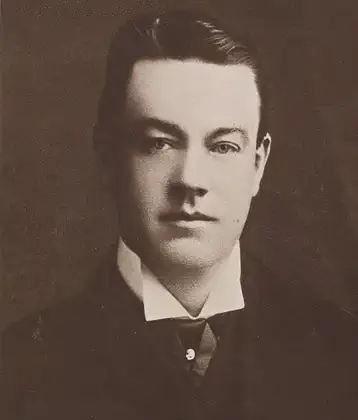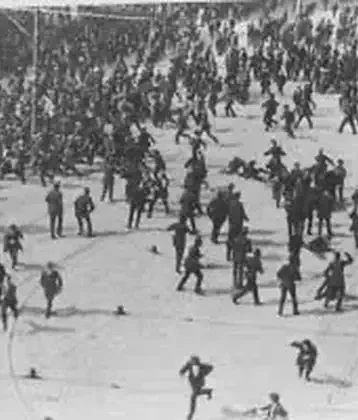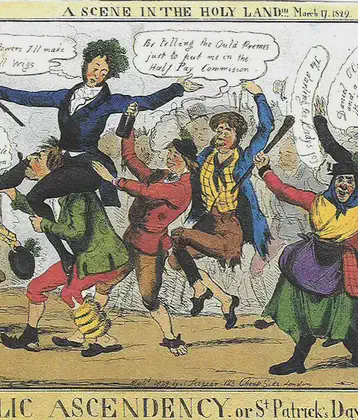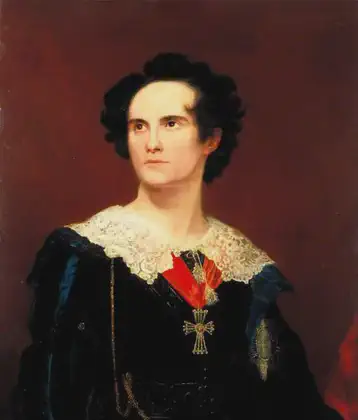On January 18, 1779 in Celtic History
Cement patent no. 1207 is issued to sligo man bryan higgins
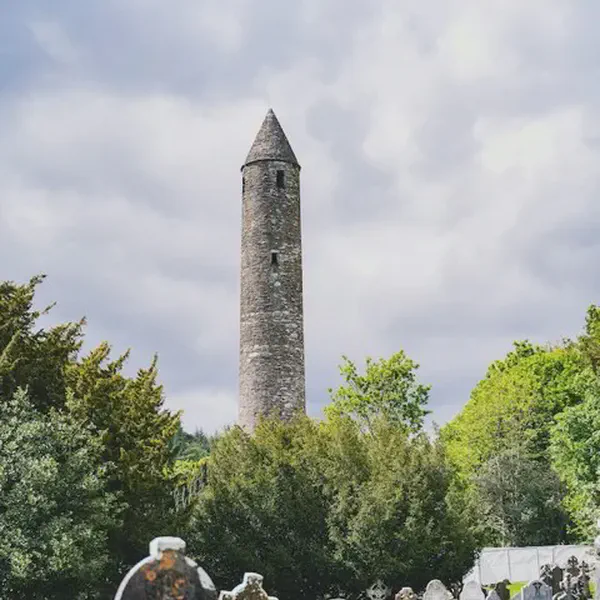
Bryan Higgins (1741 – 1818) was an Irish natural philosopher in chemistry
He was born in Collooney, County Sligo, Ireland. His father (d. 1777) was also called Dr. Bryan Higgins. Higgins entered the University of Leiden in 1765, whence he qualified as a doctor of physics. He subsequently ran a School of Practical Chemistry at 13 Greek Street, Soho, London during the 1770s, which was patronised by the then Duke of Northumberland amongst others.
He was more of a speculator than an experimenter, and published many works on chemistry and related disciplines. Joseph Priestley was an attendee of Higgins’s lectures, but the two became enemies following a dispute over experiments on air (Priestley at the time was working on his six-volume tome Experiments and Observations on Different Kinds of Air).
In 1779, Higgins obtained “Cement Patent No. 1207” for a cheap and durable cement, “…composed of sand and lime, and a certain proportion of bone-ashes, the lime being slaked with limewater instead of common water, and the mixture made use of as rapidly as possible after being made”.
More From This Day
